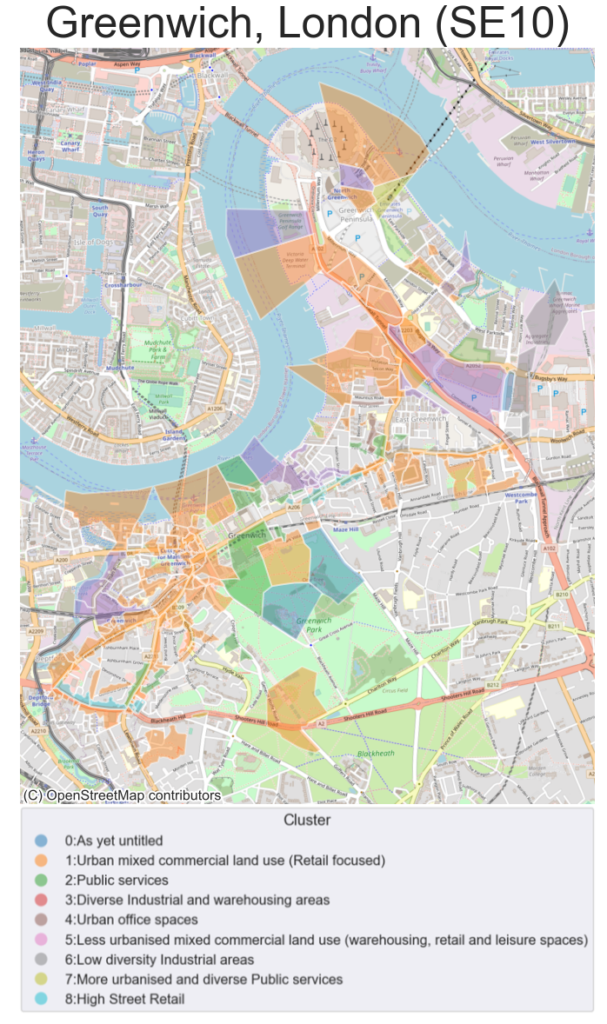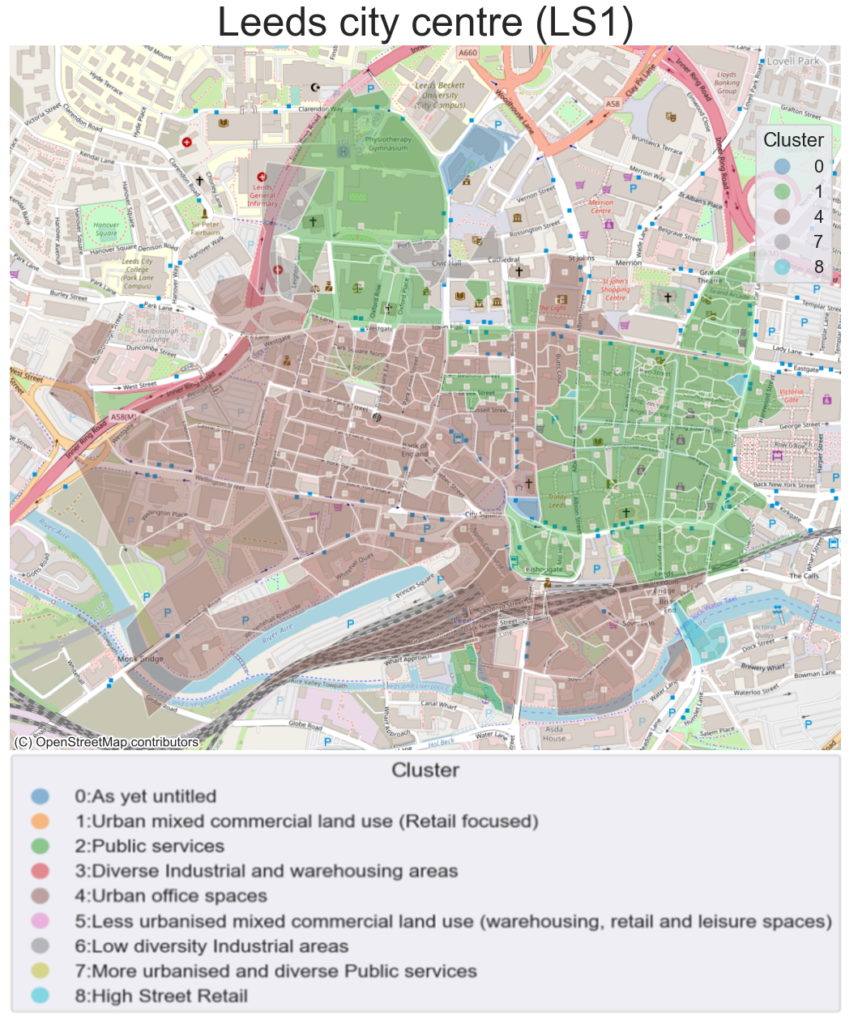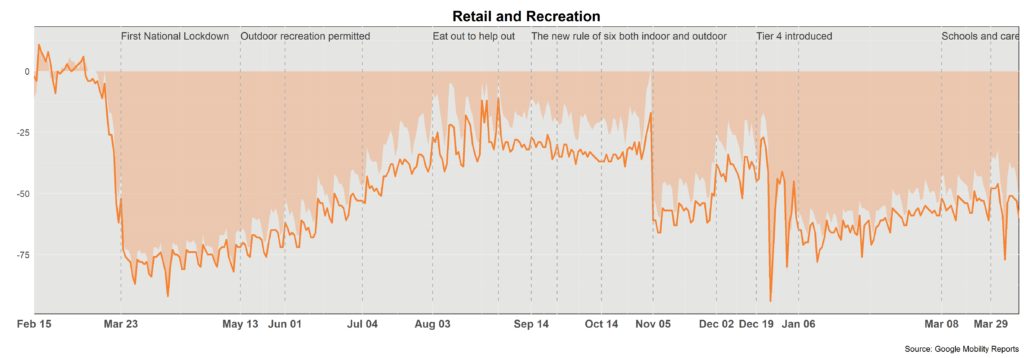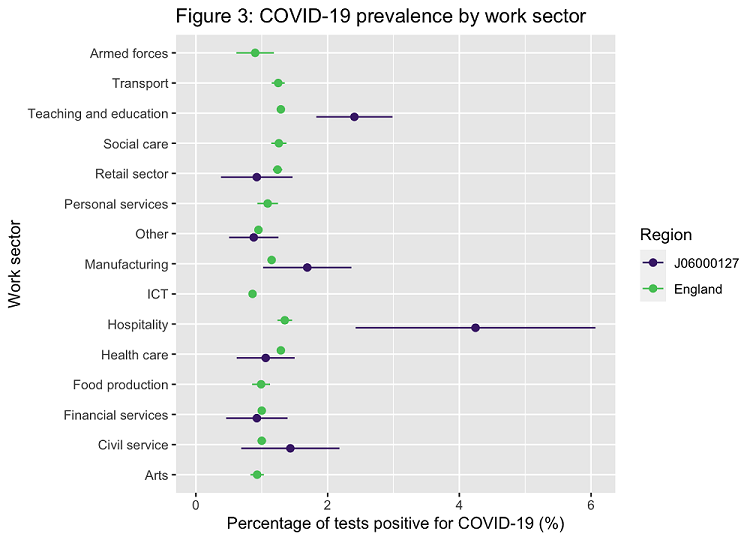What we choose to put into our shopping baskets and how we make those choices will come under the microscope in a series of pilot trials designed to encourage healthy and sustainable diets.
Data analysts from the University of Leeds have joined forces with social impact organisation, the Institute of Grocery Distribution (IGD), to test different ways to encourage healthy and sustainable eating.
They are working in partnership with 20 leading retailers and manufacturers, including Morrison’s, Sainsbury’s and Aldi, to trial different strategies, including signposting better choices, the positioning of products in shops and online and the use of influencers and recipe suggestions.
Some have already begun to use some of those techniques in real-life settings as part of the research designed and implemented by the Leeds Institute for Data Analytics (LIDA) and the Consumer Data Research Centre (CDRC).
Researchers from LIDA and CDRC will analyse the results by capturing and measuring sales data from each intervention, enabling the project group to see exactly what is going on in people’s shopping baskets and assess what truly drives long-term behaviour change.
Dr Michelle Morris, who leads the Nutrition and Lifestyle Analytics team at LIDA and is a CDRC Co-Investigator, said: “I am passionate about helping our population move towards a diet that is both healthier and more sustainable. I believe that unlocking the power of anonymous consumer data, collected by retailers and manufacturers, is a really important step towards this goal.
“Working with the IGD and its members to evaluate their healthy and sustainable diets programme is very exciting – testing strategies to change purchasing behaviour and evaluating the wider impact of these changes.”
The pilot trials have been funded by IGD and form a key part of the charity’s Social Impact ambition to make healthy and sustainable diets easy for everyone.
Hannah Pearse, Head of Nutrition at IGD, said: “We want to lead industry collaboration and build greater knowledge of what really works. Our Appetite for Change research tells us that 57% of people are open to changing their diets to be healthy and more sustainable, and they welcome help to do it. But we also know that people don’t like to be told what to do and information alone is unlikely to change behaviour.
“We believe consumers will make this transition if we make it easier for them; that’s why we are delighted to be partnering with our industry project group and our research partners at the University of Leeds, to pilot this series of interventions over the coming months. The team at LIDA are experts in capturing, storing and analysing big data and have a variety of academic specialties that will be critical for this work.”
The work being carried out by CDRC researchers at the University of Leeds is unique because it will use the secure infrastructure at LIDA to allow retailers and manufacturers to share anonymised transaction data over a sustained period of time.
It is hoped that the results of the first pilot trial will be published towards the end of this year.










